The most dangerous beaches in the world
Perilous shorelines
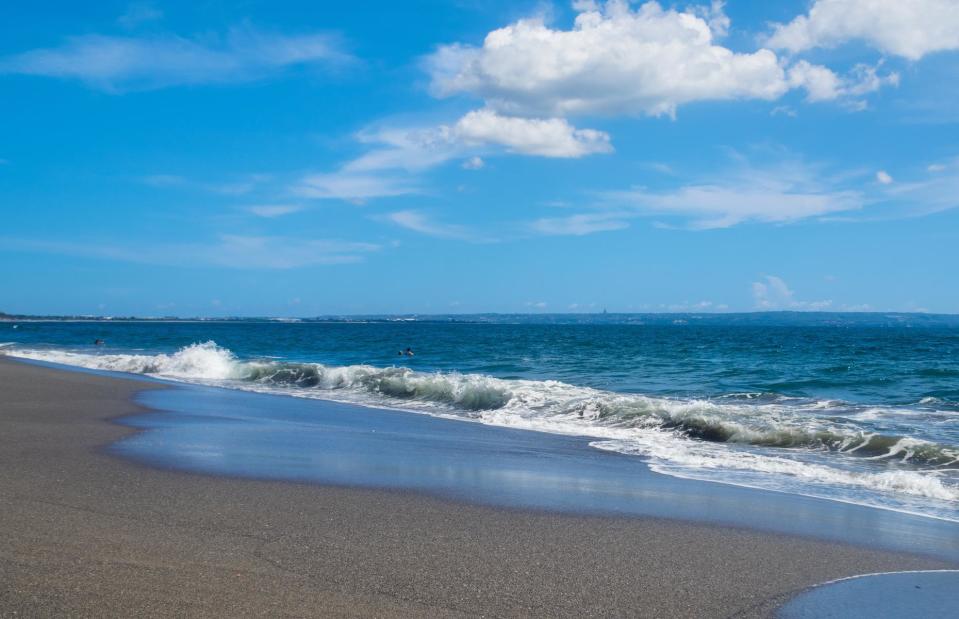
AmbiguousPuzuma/Shutterstock
Who doesn’t love the beach? Yet as much as the winning combination of sand, sea and sun never fails to delight, not all beaches are as relaxing as they first appear. From shark attack hotspots and shores frequented by man-eating crocodiles, to coastlines notorious for rip tides and dangerously high pollution levels, these are the world’s most dangerous beaches.
Juhu beach, Mumbai, India
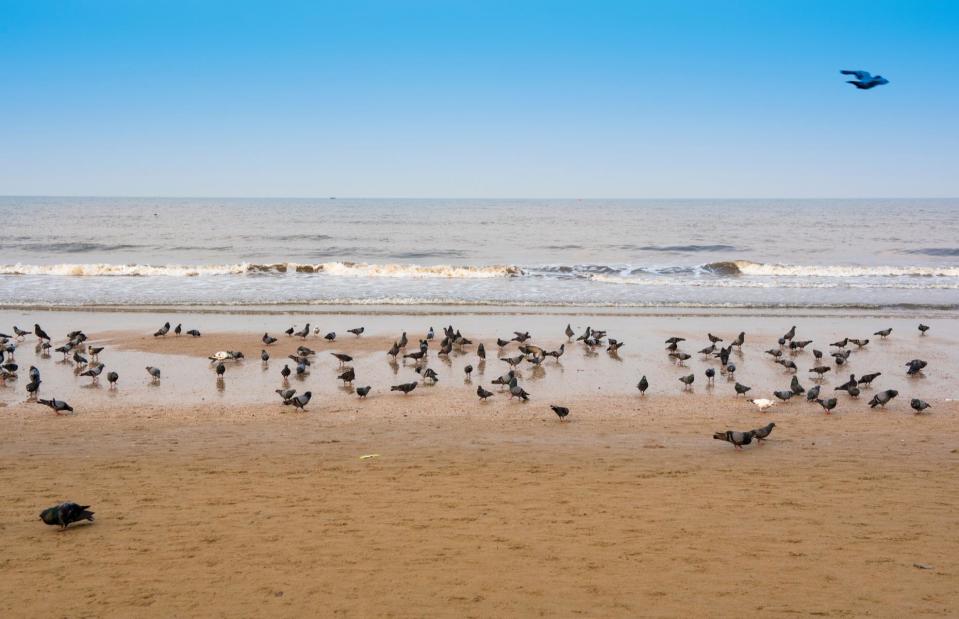
arun sambhu Mishra/Shutterstock
Loved by Bollywood stars and wealthy residents, Juhu Beach on the shores of the Arabian Sea is one of Mumbai’s best bathing spots. Its vast stretch of sand is a great place to see the city at play, especially on evenings and weekends when people come here to jog, paddle or pick up some street food. It’s also one of the finest places to catch the sunset.
Juhu beach, Mumbai, India
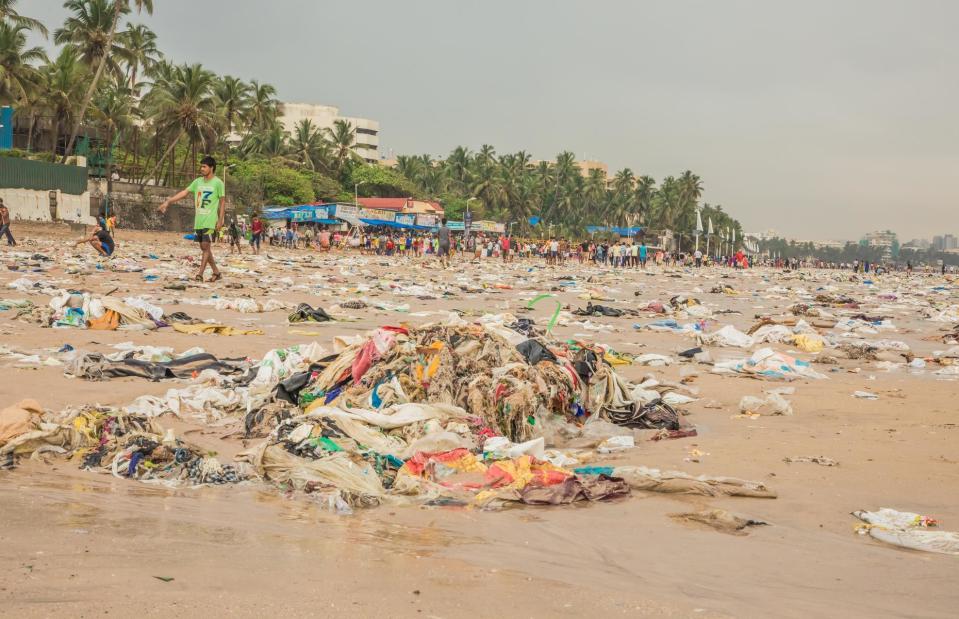
StevenK/Shutterstock
However, Juhu is also one of Mumbai's most polluted beaches. In January 2020, local news outlet ET Now collected water samples from various beaches in the city and tested their levels of faecal matter. Juhu Beach was found to have levels 1,800 times higher than the standard amount. What’s more, there have tragically been fatalities at the beach. In June 2023, four young boys tragically drowned when they were washed away in a high tide while sitting on the Juhu Koliwada jetty.
Tamarama Beach, Sydney, Australia
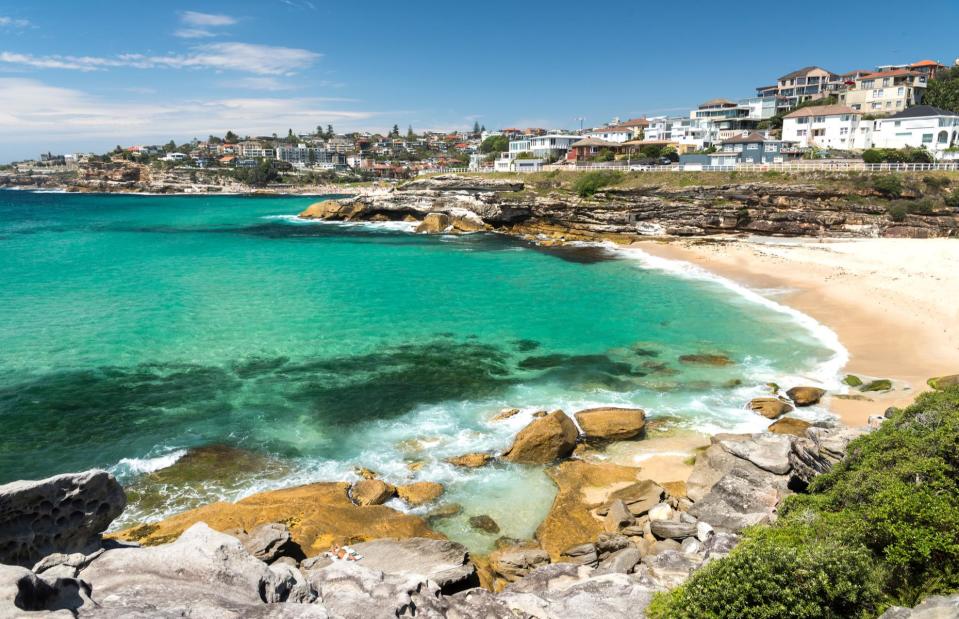
RugliG/Shutterstock
Lovingly known as Glamarama by the locals, this dainty 262-foot (80m) long beach between Bondi and Bronte in Sydney's Eastern Suburbs is where the beautiful people come to see and be seen. It's one of the sun-kissed city's most stunning shorelines (and there are plenty to choose from) as well as a popular surfing spot. But it’s not without its dangers…
Tamarama Beach, Sydney, Australia
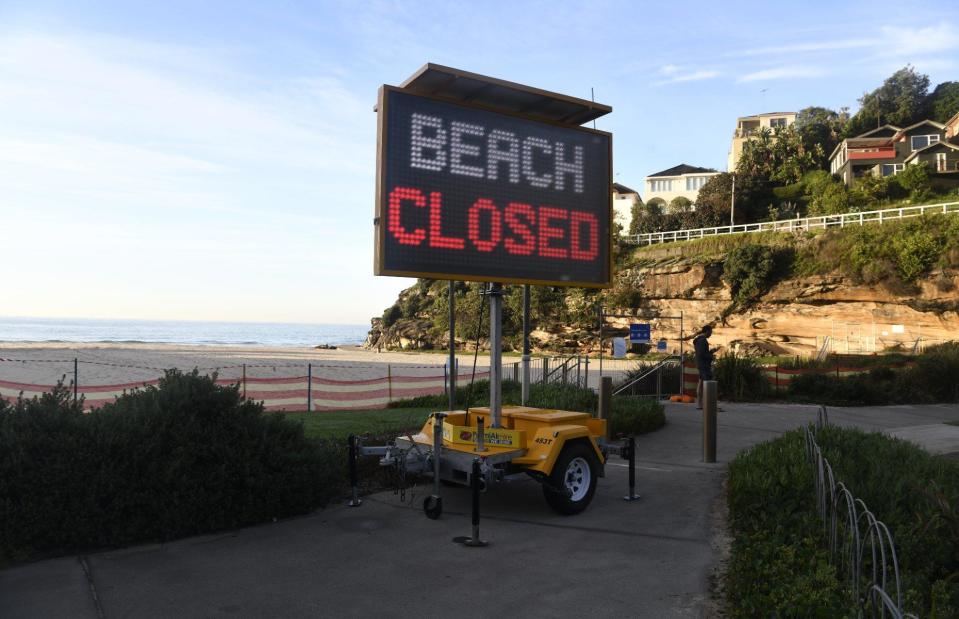
RugliG/Shutterstock
Tamarama is the most dangerous patrolled beach in the whole of New South Wales, and it’s frequently closed to swimmers and surfers. However, many daredevil surfers choose not to heed the warnings. The narrow beach is prone to dangerous rips which can pull swimmers and surfers out towards the headland, crashing them against the rocks. In October 2023, there was a dramatic rescue by a lifeguard after a surfer came close to death when he got caught up in a high tide. He was pushed against the rocks and broke his leg but luckily survived.
Second Beach, Port St Johns, South Africa
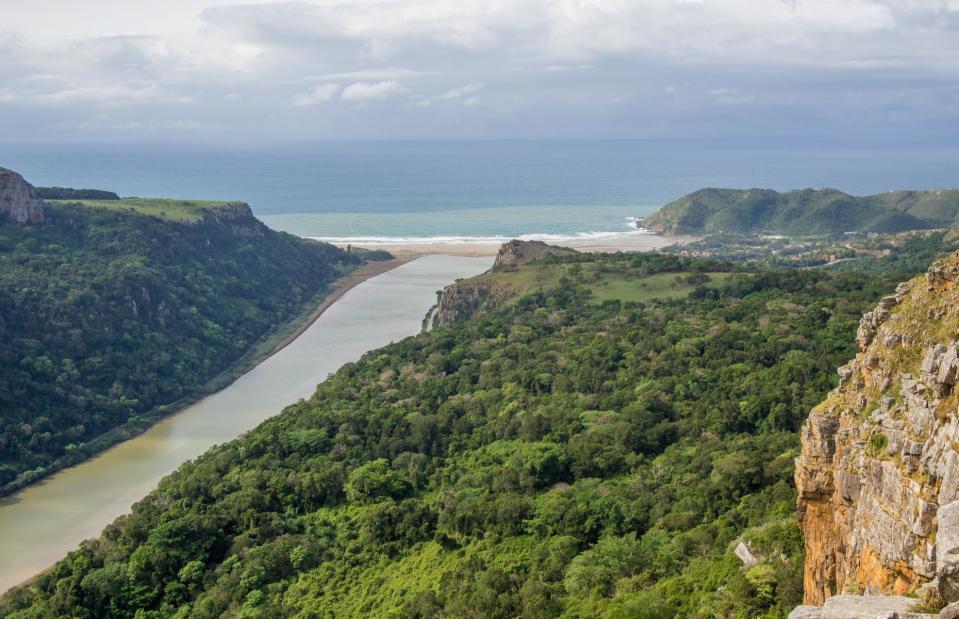
Fabian Plock/Shutterstock
Spectacular mountains, pristine forests, wild rivers and gorgeous beaches make Port St Johns on South Africa's southeast Indian Ocean coast a special place. There are three beaches situated at the mouth of the Umzimvubu River, including Second Beach – a popular spot with both swimmers and surfers.
Second Beach, Port St Johns, South Africa
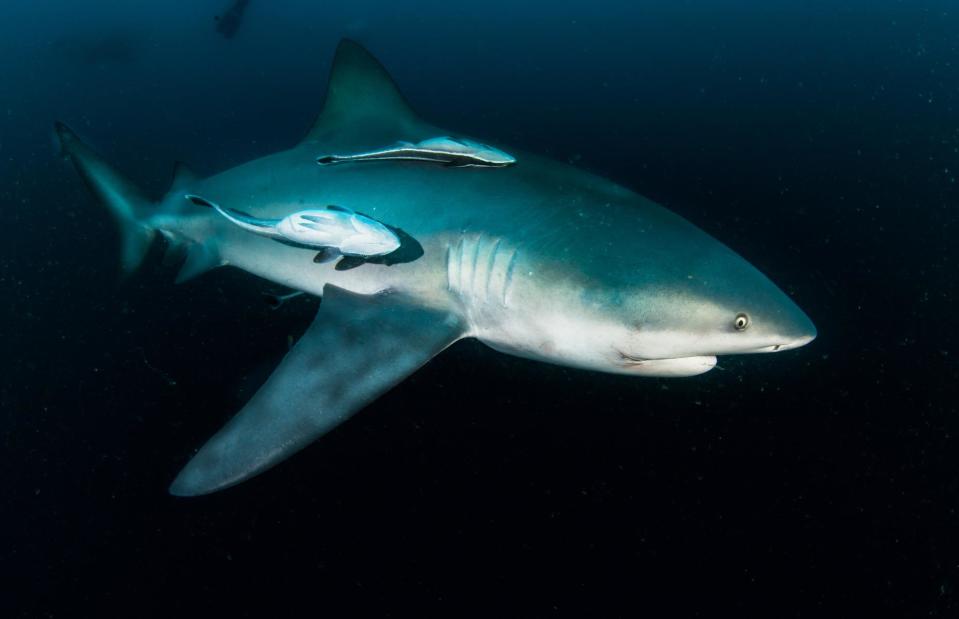
Stefan Pircher/Shutterstock
Yet the coastline isn’t as idyllic as it might first appear. Known as one of South Africa’s deadliest locations for shark attacks, there have been eight fatal attacks here between 2007 and 2012, including one where the victim was seized in waist-deep water. In March 2013, businessman Fundile Nodumla became the first survivor of a shark attack at Second Beach, after being saved by off-duty lifeguard Sizwe Dusubana.
Lamu archipelago, Kenya

Ammonite/Shutterstock
With their powder-soft sand and crystal-clear waters, the beaches of Lamu look fit for holiday paradise. The idyllic archipelago, which sits off the coast of Kenya in the Indian Ocean, even has a Unesco-recognised old town complete with 14th-century stone houses. The islands were once one of Kenya’s finest retreats, but that’s all changed...
Lamu archipelago, Kenya
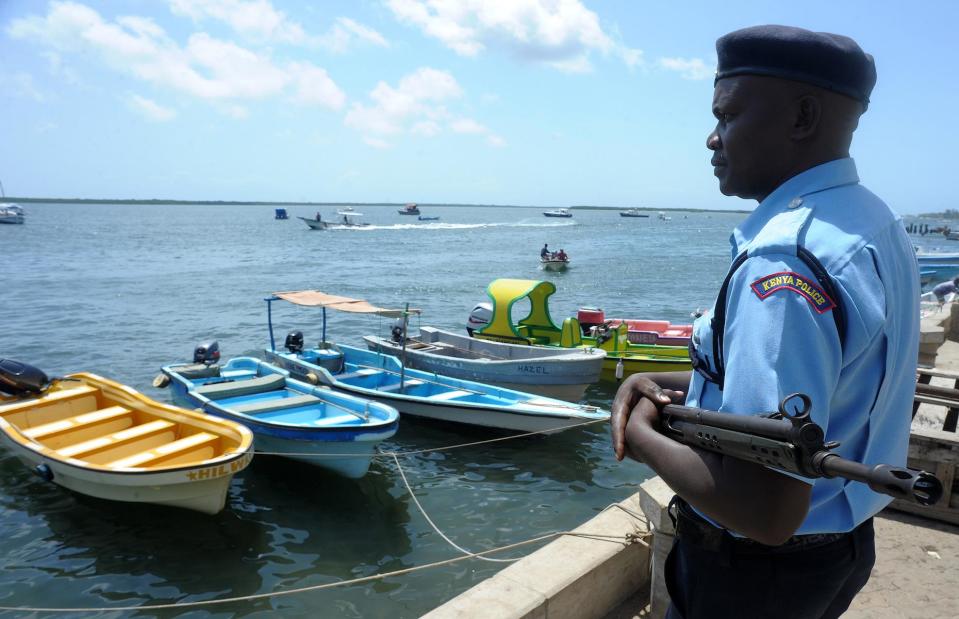
SIMON MAINA/AFP/Getty Images
The stunning shorelines have become notorious due to the kidnappings of several western tourists by Somali terrorists from resorts in the past. While there have been no reported kidnappings since 2011, Lamu's perceived proximity to recent attacks on mainland Kenya by the al-Shabaab terrorist group continue to detract from its charm.
Camber Sands, East Sussex, England
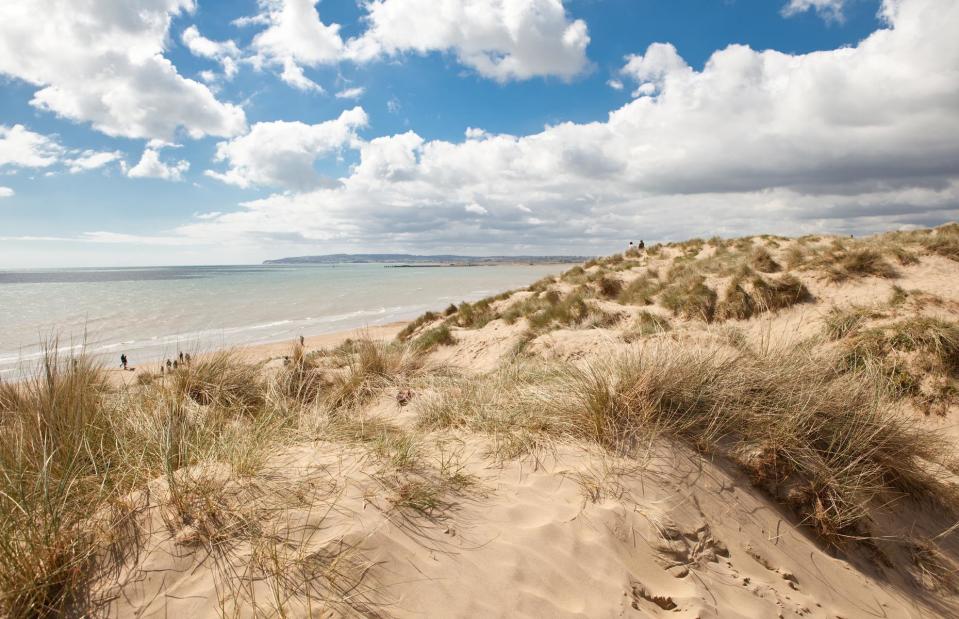
Lilly Trott/Shutterstock
A quintessential British seaside escape with rolling sand dunes lining a three-mile (5km) stretch of golden sand, Camber Sands is a popular spot on the East Sussex coast. Due to its size, however, it rarely gets too crowded. It's also a great spot on windy days for flying kites and kitesurfing.
Camber Sands, East Sussex, England
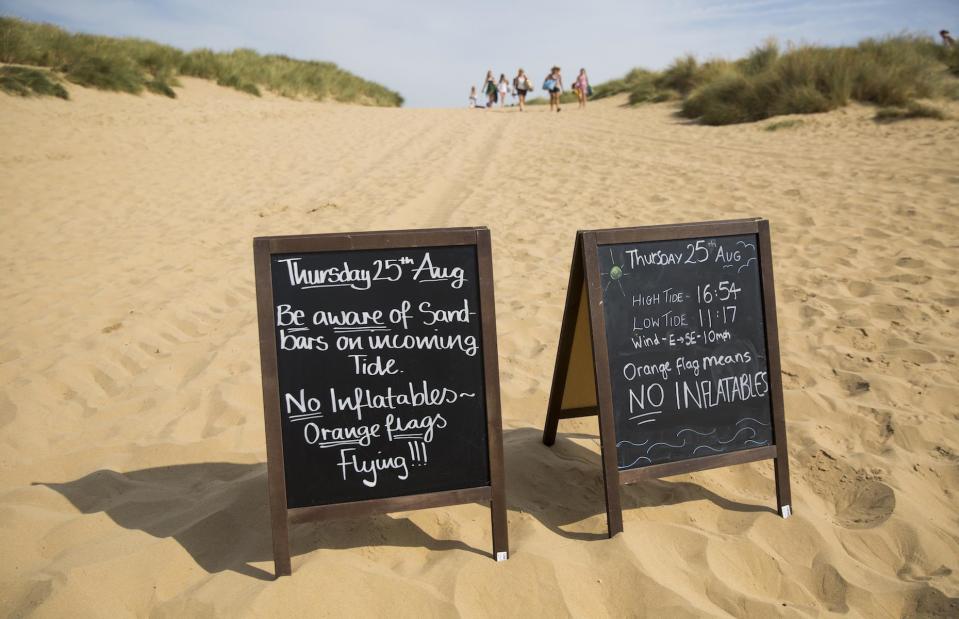
Jack Taylor/Getty Images
Sadly though, the tranquil-looking beach has hidden dangers. It’s renowned for its lethal rip tides – powerful, fast-flowing bodies of water that occur when wind and waves push large amounts of water towards the shore. These terrifying tides can drag even experienced swimmers into deep water. Tragically, seven people drowned in Camber Sands in 2016, after which lifeguards were deployed at the beach.
Adelaide city beaches, Australia
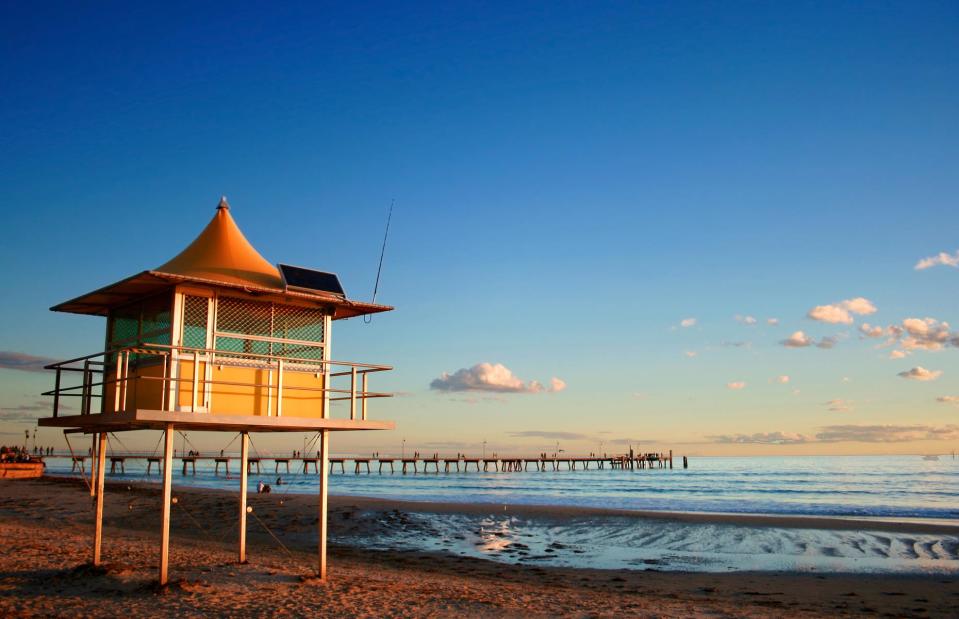
Kelvin Wong/Shutterstock
Adelaide's beach suburbs – Glenelg, Henley, Brighton and Semaphore – are an easy trip from the city centre and one of the laid-back region's best assets. Glenelg, with its old-fashioned wooden pier and seaside charm, is one of the most popular.
Adelaide city beaches, Australia
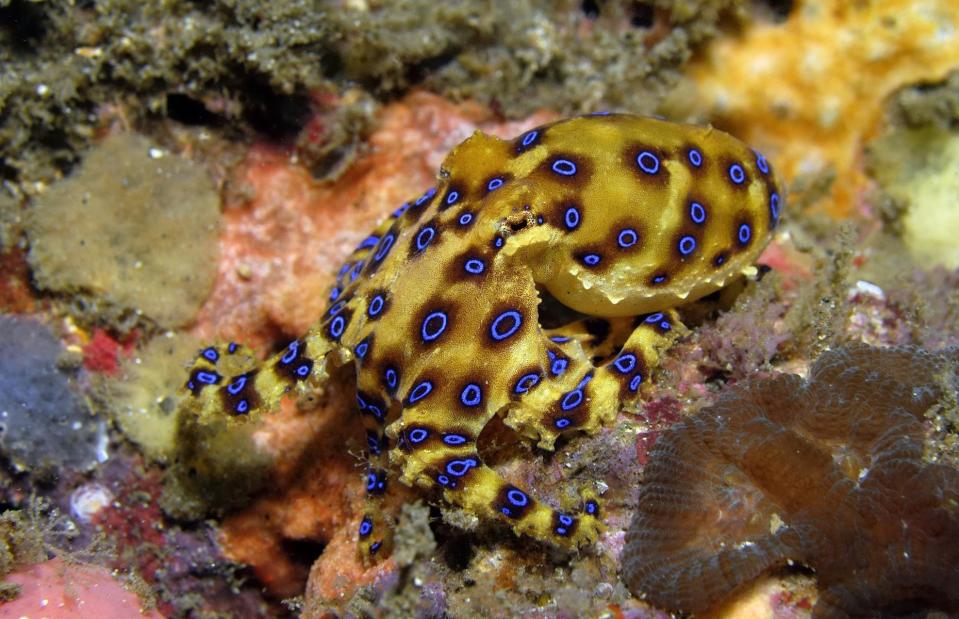
kaschibo16/Shutterstock
However, the beaches can be deadly. In December 2017, two teenagers drowned at Glenelg Beach after getting pulled under by strong waves. Meanwhile in February 2020, deadly blue-ringed octopuses were found at Brighton, Somerton and Seacliff beaches. Beach-goers are warned to keep children away from rocks, rubble and other potential hiding places for the little but lethal creatures.
Volusia County beaches, Florida, USA
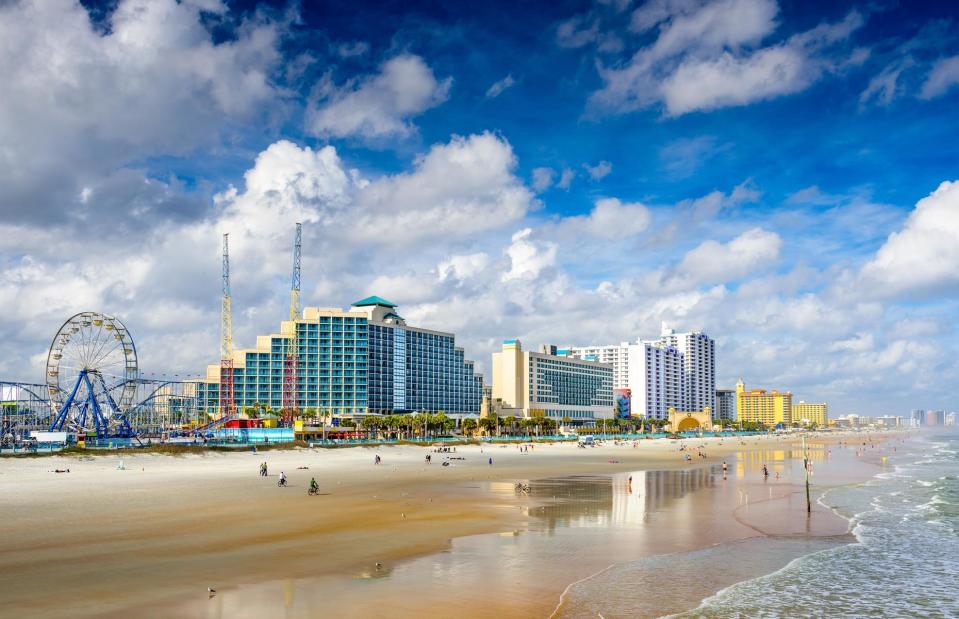
Sean Pavone/Shutterstock
Blessed with year-round sunshine and balmy temperatures, Volusia County’s beaches are some of Florida’s most coveted. New Smyrna and Daytona (pictured) are especially popular, with sun-seekers and surfers flocking there to enjoy the pristine stretches of sand and good surf.
Volusia County beaches, Florida, USA
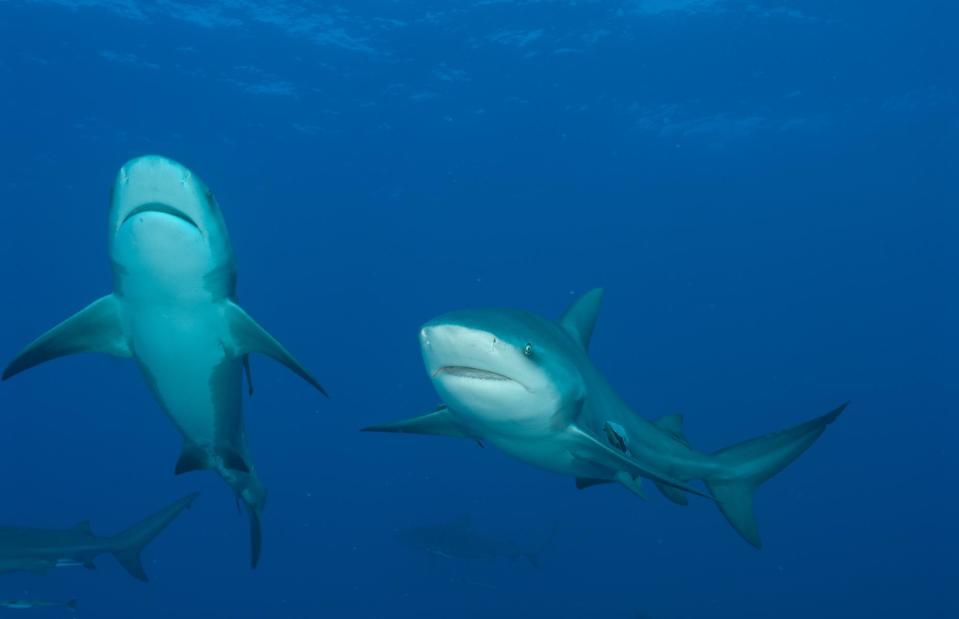
Fiona Ayerst/Shutterstock
Yet Volusia County is also officially the shark bite capital of the world, so visitors enter the water at their peril. Although statistically getting bitten by a shark is pretty unlikely, Volusia County has a five-year annual average of nine attacks. Meanwhile, Florida had the most unprovoked shark bites in the US in 2022, at 16 in total, according to the Florida Museum of Natural History’s Shark Attack File.
City of Huntington Beach, California, USA
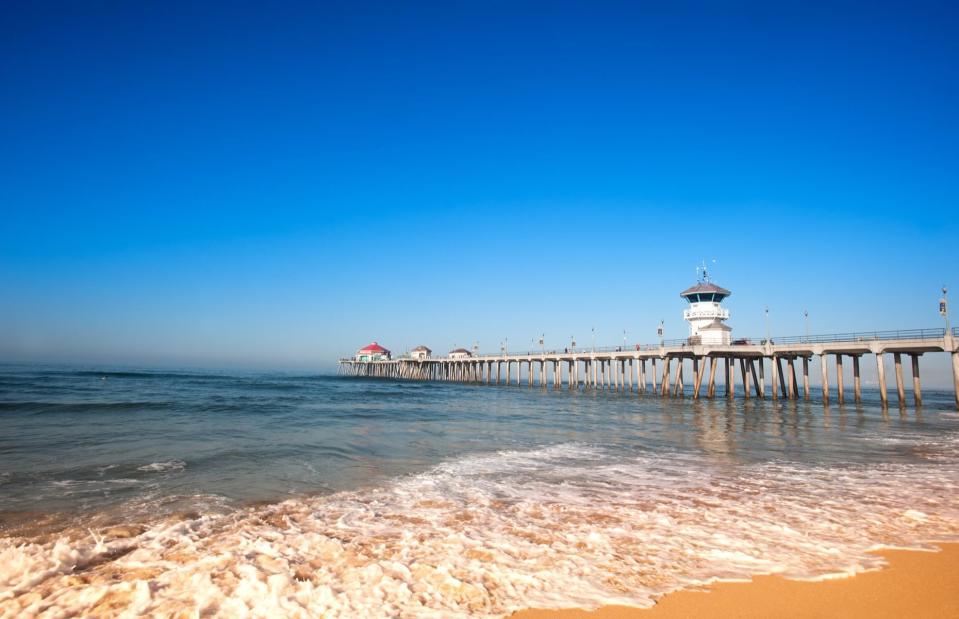
Joe Belanger/Shutterstock
The sun-kissed sands of Huntington Beach in California's Orange County are popular all year round with locals and tourists who come here to lounge, frolic in the waves, play beach volleyball or surf its legendary waves. The much-photographed 1,850-foot (564m) Huntington Beach Pier is one of the Pacific Coast’s longest – a favourite spot for eating, drinking and taking in the view.
City of Huntington Beach, California, USA
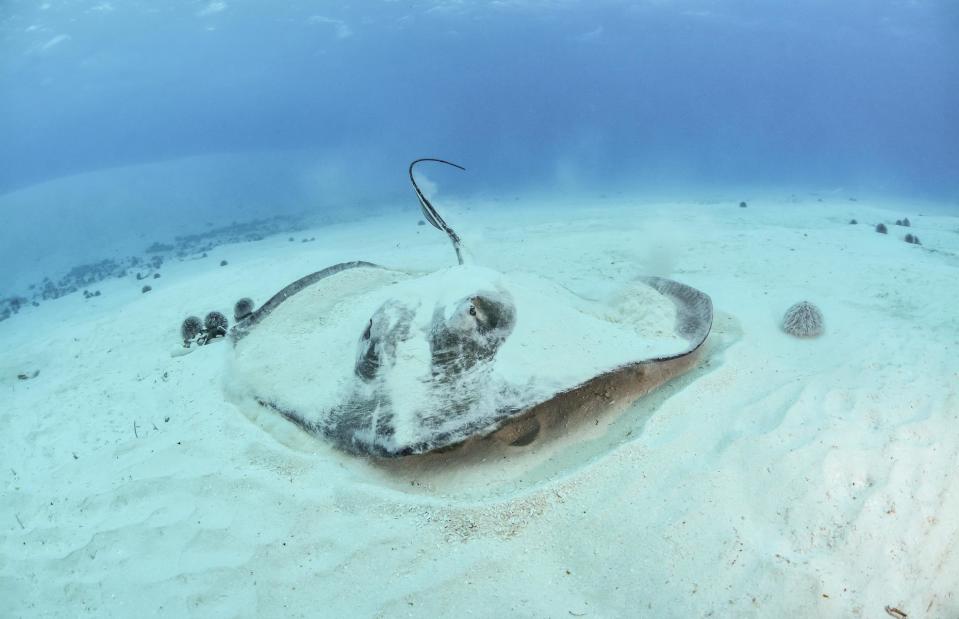
Luiz Felipe V. Puntel/Shutterstock
But on Labor Day weekend in 2019, more than 500 beachgoers were left in agony after being stung by stingrays. The flat fish descended into the shallow waters and gave paddlers a nasty shock when they entered the water, sometimes puncturing their skin with their sting. The low tides and unusually warm waters are thought to have attracted the shy creatures closer to shore. Meanwhile, on 7 November 2023, a two-mile (3.2km) stretch of the beach was closed for a day due to aggressive shark activity.
Cable Beach, Western Australia
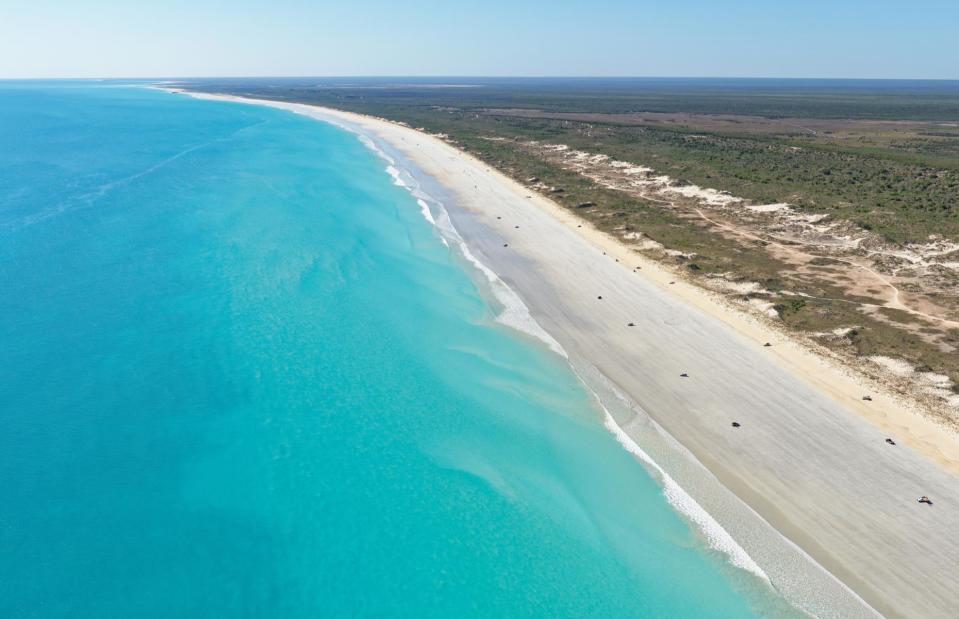
Aerometrex/Shutterstock
Renowned for its dramatic sunsets over the Indian Ocean, the 14-mile (22km) Cable Beach is one of Western Australia's most stunning stretches of coastline. Located near the tropical township of Broome on the northwest coast, the white sandy beach attracts visitors from all over the world.
Cable Beach, Western Australia
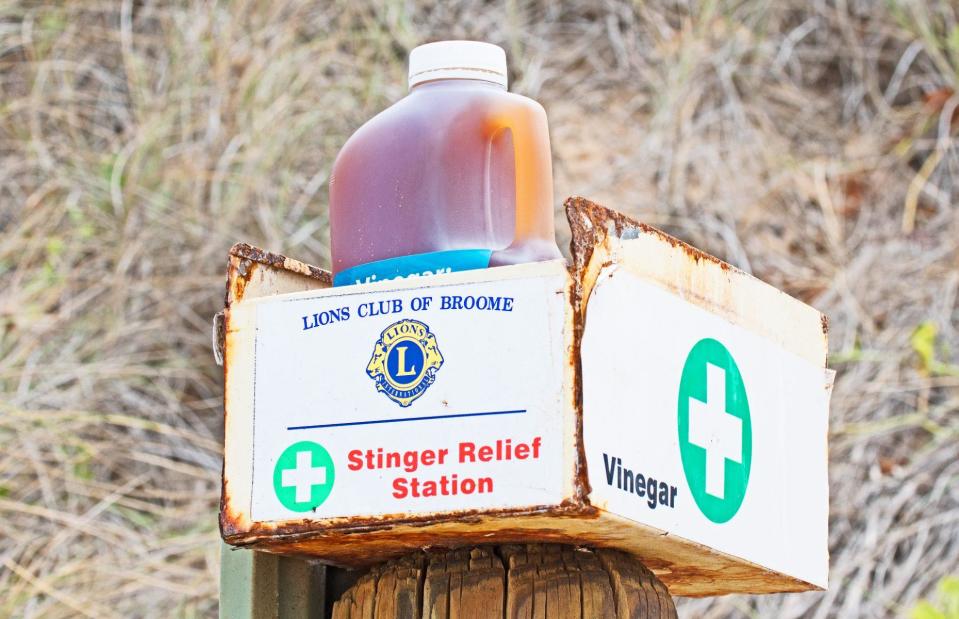
Lewis Stock Photography/Shutterstock
Yet its resident sea creatures make this a less-than-peaceful spot at times. Like many beaches in northern Australia, man-eating crocodiles and deadly Irukandji jellyfish lurk in its waters. In 2023, the recorded jellyfish stings increased in comparison to previous years, with 114 minor stings and three Irukandji stings treated between May and October. West Coast Water Safety believes this increase is attributed to the effects of Cyclone Ilsa in April.
Amazon beaches, Brazil
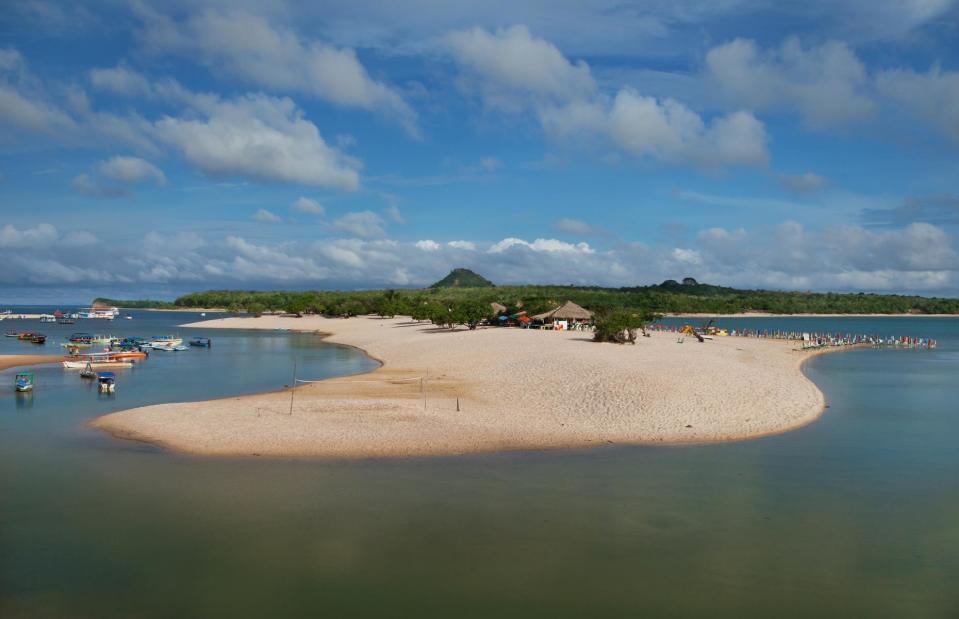
Dea e Bruno/Shutterstock
Brazil’s Amazon basin is best known for its lush rainforest, but it boasts gorgeous freshwater beaches along the Amazon river too. Alter do Chão, pictured, is a particularly enticing and remote riverside beach with a small island, Ilha do Amor (Island of Love) in the middle.
Amazon beaches, Brazil
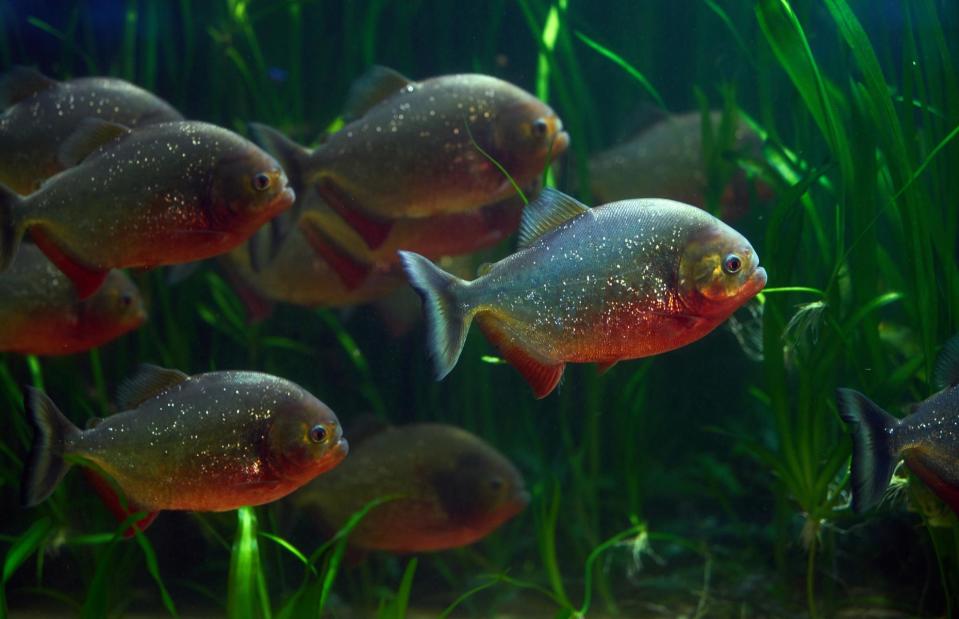
Ewa Studio/Shutterstock
But visitors should hold off diving into the tempting waters if they’re feeling the humidity. Numerous deadly creatures are to be found beneath, including sharp-toothed piranhas, anacondas and electric eels, among others, all of which can inflict potentially lethal wounds.
Kedungu Bay, Bali, Indonesia
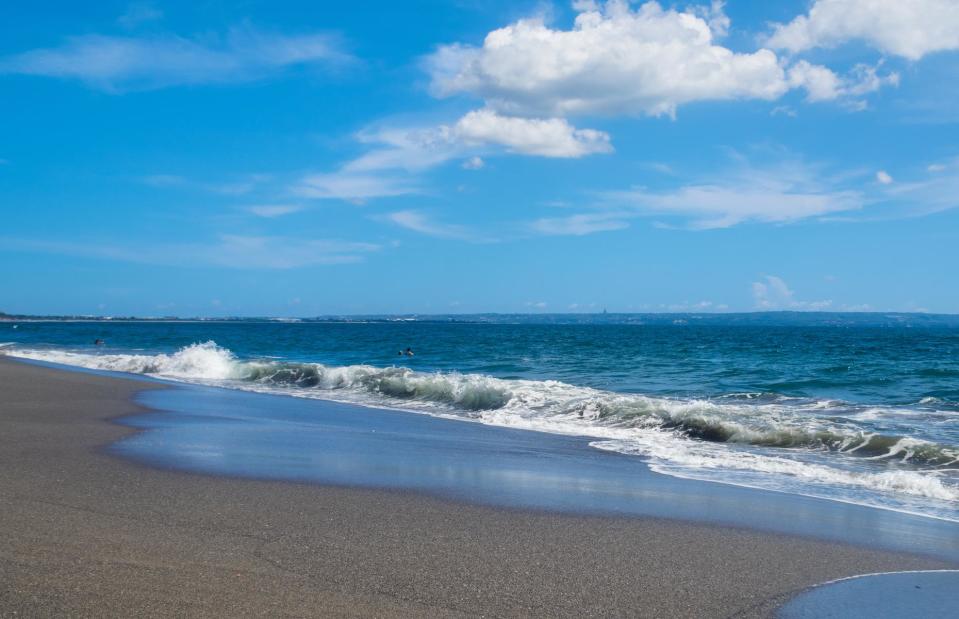
AmbiguousPuzuma/Shutterstock
Surfing Bali's waves is on the bucket list of any surfer worth their salt, thanks to the famously powerful breaks and spectacular scenery. The island's beaches are also popular with sunseekers thanks to their tropical beauty – think swaying palms, soft sands and bath-warm waters. Kedungu Bay, a beautiful black sand beach in Banjar Babut, is one of Bali's most popular surf spots due to its three breaks.
Kedungu Bay, Bali, Indonesia
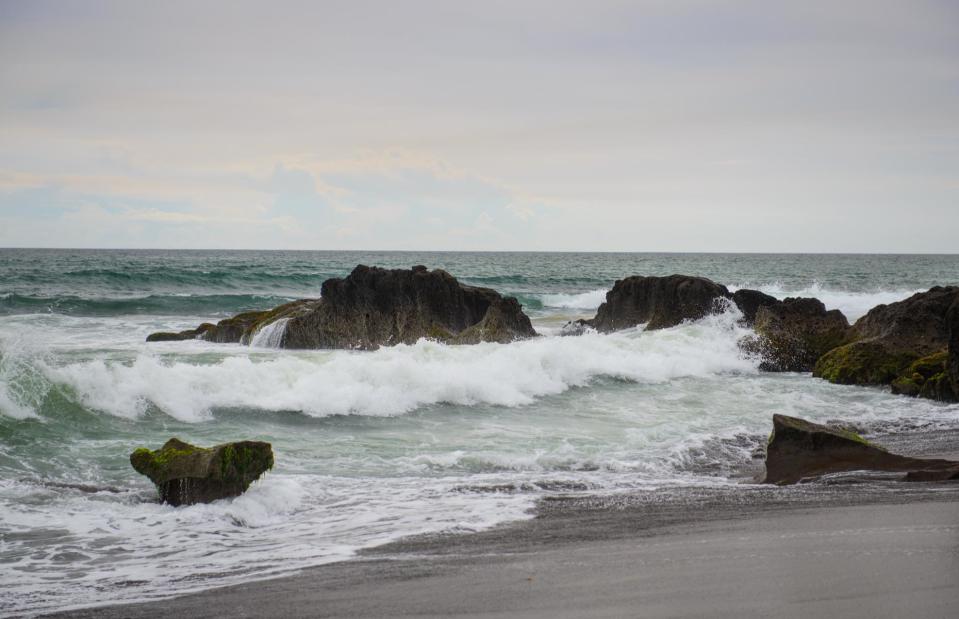
Mutovin Alexandr/Shutterstock
Yet treacherous undercurrents and huge swells can mean the beguiling waters of this bay, where waves break over reefs, pose a serious risk to both swimmers and surfers. Numerous surfers have ended up in trouble in the waters around the idyllic Indonesia island, as well as nearby Lombok, another renowned surfing hotspot.
Reunion
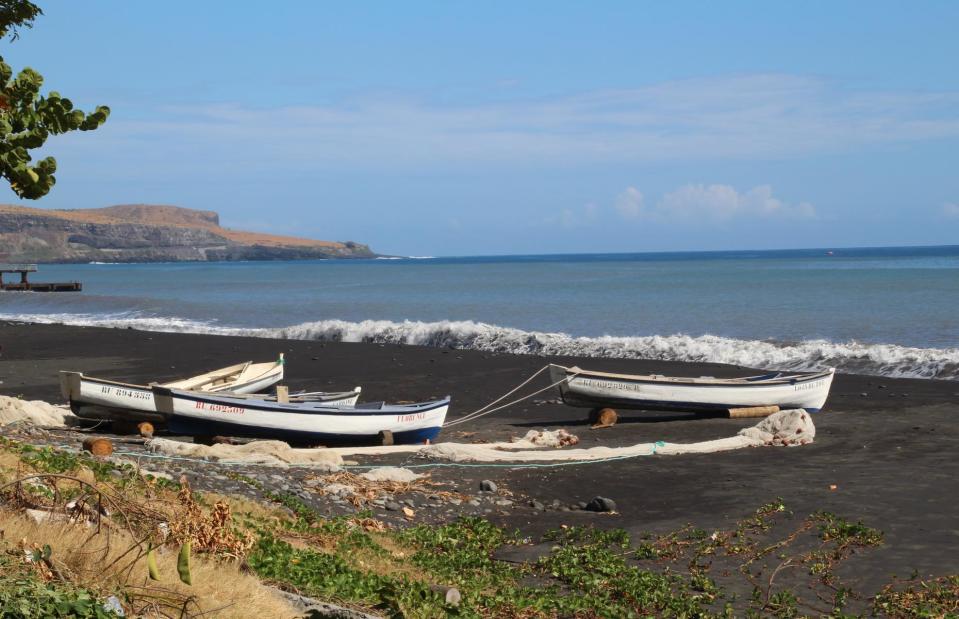
DOUSSET Daniel/Shutterstock
A small volcanic island in the Indian Ocean, Reunion’s beaches are simply breathtaking. What’s more, they’re close to crowd-free, since the little-known island is often overlooked in favour of its glitzier neighbour, Mauritius. Known for epic waves and a laid-back atmosphere, Reunion is a surfing mecca for those in the know.
Reunion
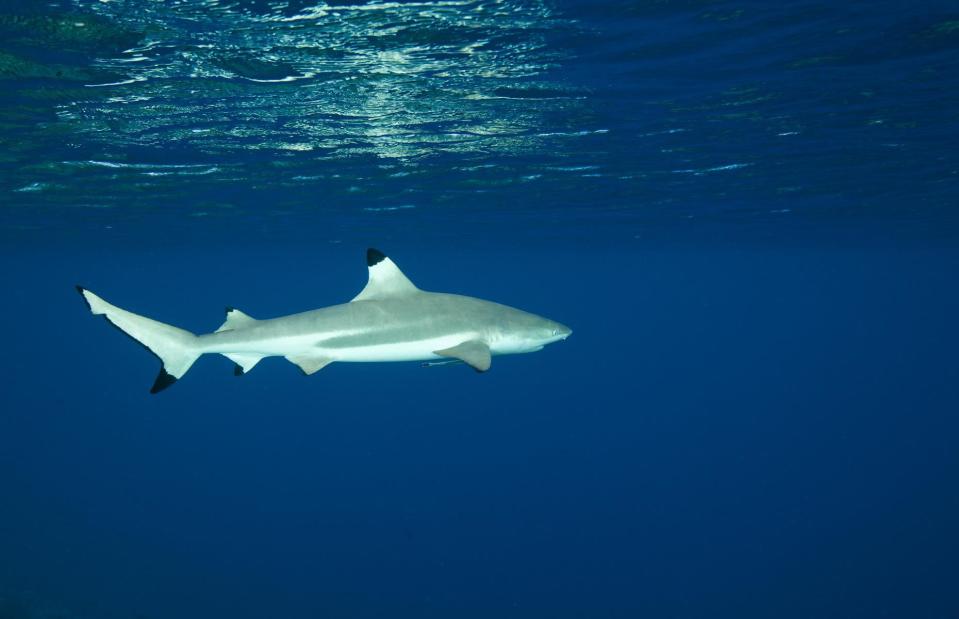
Marc Henauer/Shutterstock
However, Reunion has had so many shark attacks that in 2013, the government banned almost all swimming and surfing. There were 18 attacks between 2011 and 2015, seven of which were fatal, while in May 2019, there was a tragic incident in which a surfer was killed after a shark tore off his legs. There have been no fatal attacks since.
Scarborough South Bay, Yorkshire, England
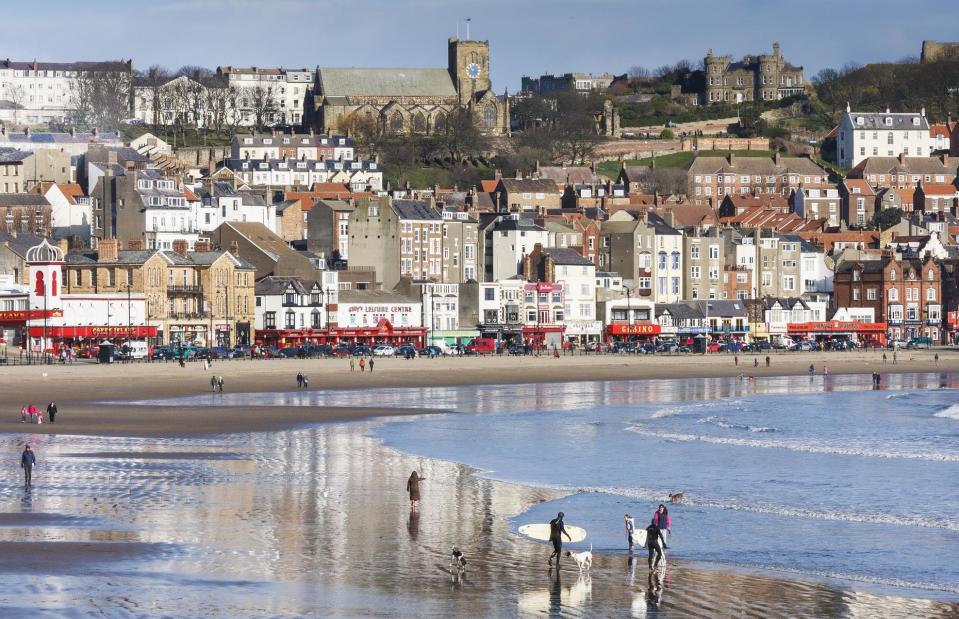
Richard W Miller/Shutterstock
A quintessential British seaside resort, Scarborough’s sweeping beaches, amusement arcades and ice-cream parlours have long attracted tourists. South Bay is the busiest of the two beaches, popular with families looking for some good, old-fashioned seaside fun.
Scarborough South Bay, Yorkshire, England
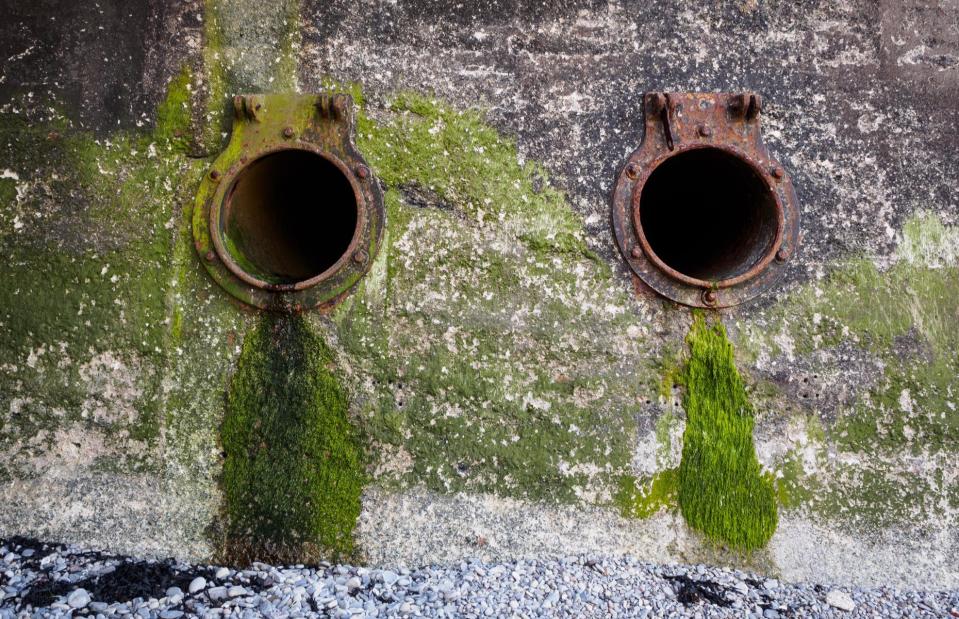
steved_np3/Shutterstock
But South Bay’s waters leave a lot to be desired in terms of cleanliness. The waters around the Scarborough beach were classified as “poor” by the Environmental Agency (EA) for every year between 2015 and 2019. No data was taken in 2020 due to the COVID-19 pandemic, but the EA's Swimfo website still rates it as "poor" in 2023, and has issued "advice against bathing". Investigations into the cause of poor bathing water quality won't be carried out until 2024.
The Algarve, Portugal
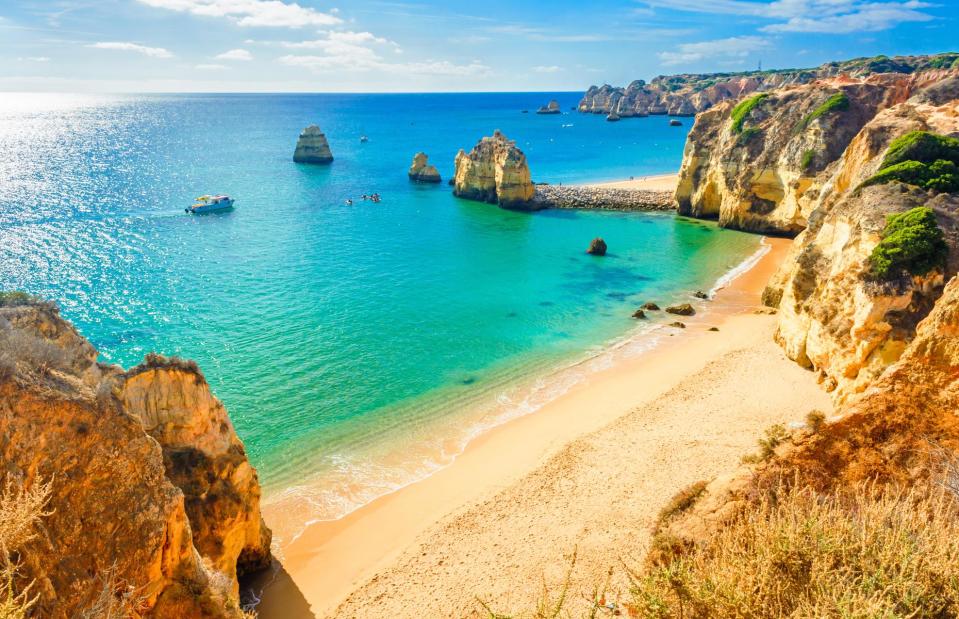
artem evdokimov/Shutterstock
Portugal’s picturesque Algarve region is blessed with some of Europe's most stunning beaches, from endless stretches of white sand to craggy, cliff-backed coves. They're a top spot for active types with all manner of watersports on offer, and many have lively beach bars and fantastic seafood restaurants too.
The Algarve, Portugal
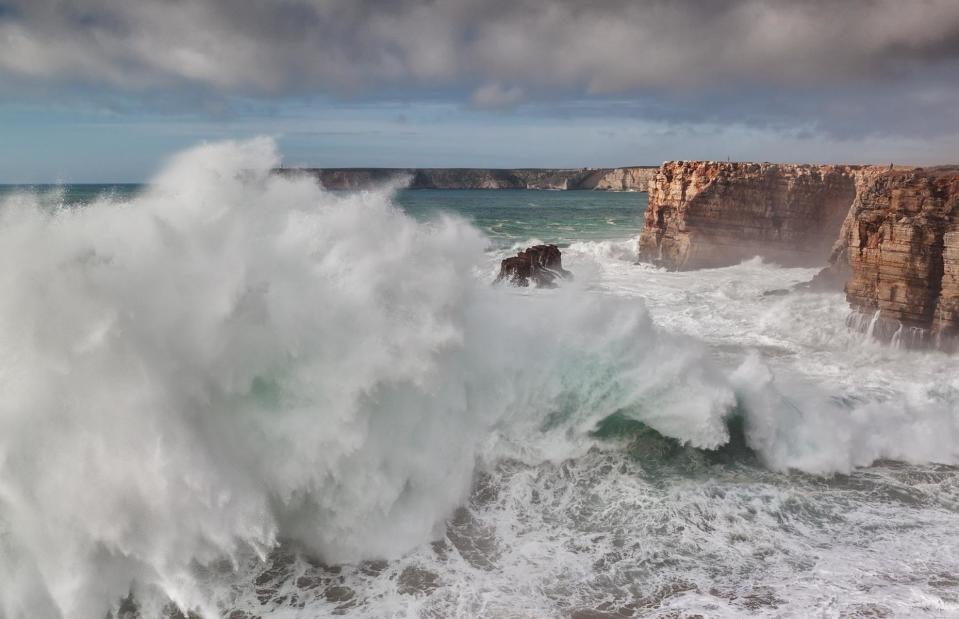
Sergio Stakhnyk/Shutterstock
However, the Algarve is also prone to temperamental coastal conditions, especially on the west coast with its powerful Atlantic waves. There can be dangerous rip tides (one of the main causes of beach drownings), strong winds and crashing waves. Beach-goers are advised to look out for red flags, which indicate it’s not safe to swim.
Shenzhen, China
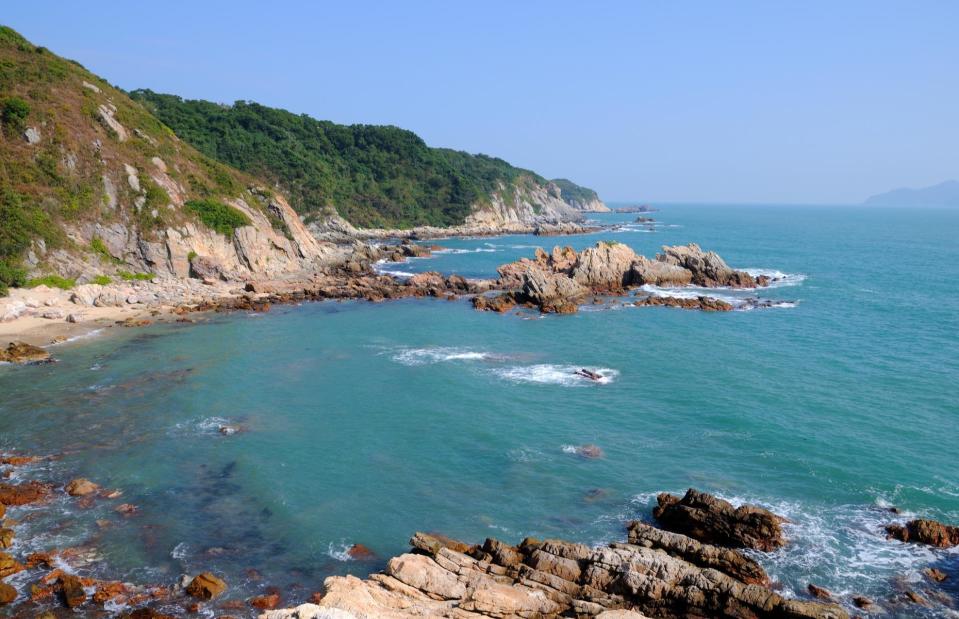
52691989/Shutterstock
Blessed with a long stretch of coastline, the beaches around Shenzhen are some of China's most popular, with locals flocking here to escape city life. Just over the border from Hong Kong, Shenzhen is one of China's wealthiest and most populous cities.
Shenzhen, China
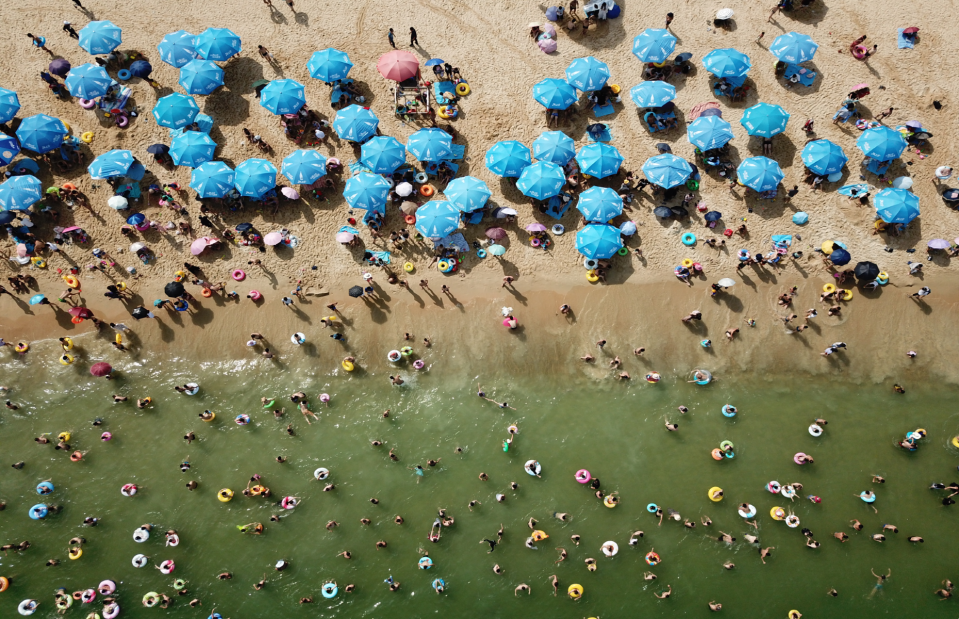
Rainer Albiez/Shutterstock
Yet the beaches get so packed in peak season that it can be dangerous to visit. There are reports of a number of drownings here every year. In fact, drowning on beaches like those in Shenzhen is the number one cause of death in children aged one to 14, according to the World Health Organization.
Koh Tao, Surat Thani, Thailand
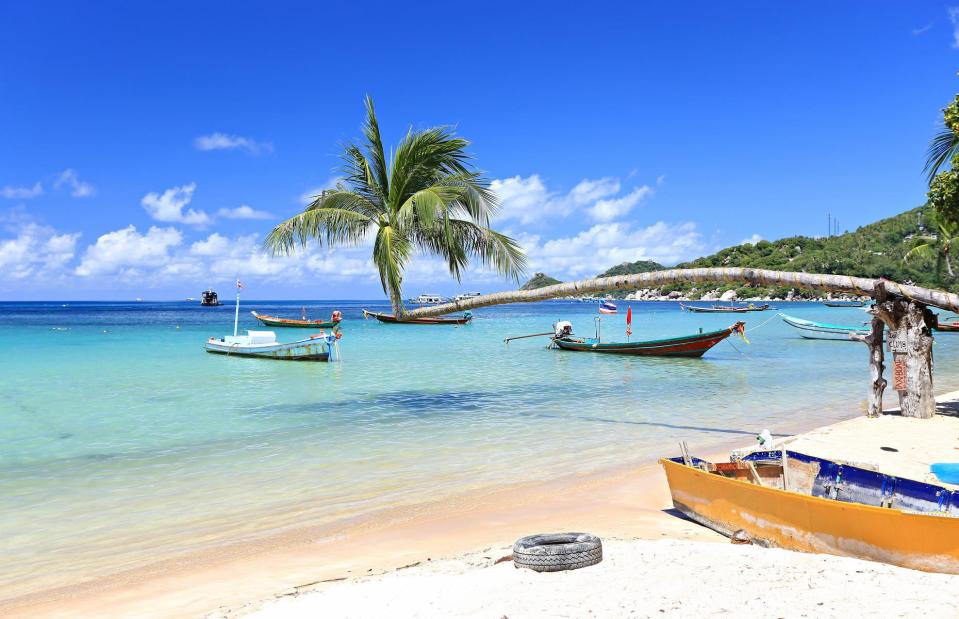
Kosin Sukhum/Shutterstock
The tiny tropical island of Koh Tao is a favourite with divers and snorkellers, thanks to the plethora of marine life that thrive in its waters. Located in the Gulf of Thailand, the island is home to plenty of gorgeous beaches, from the secluded Ao Leuk to the popular Sairee Beach.
Koh Tao, Surat Thani, Thailand
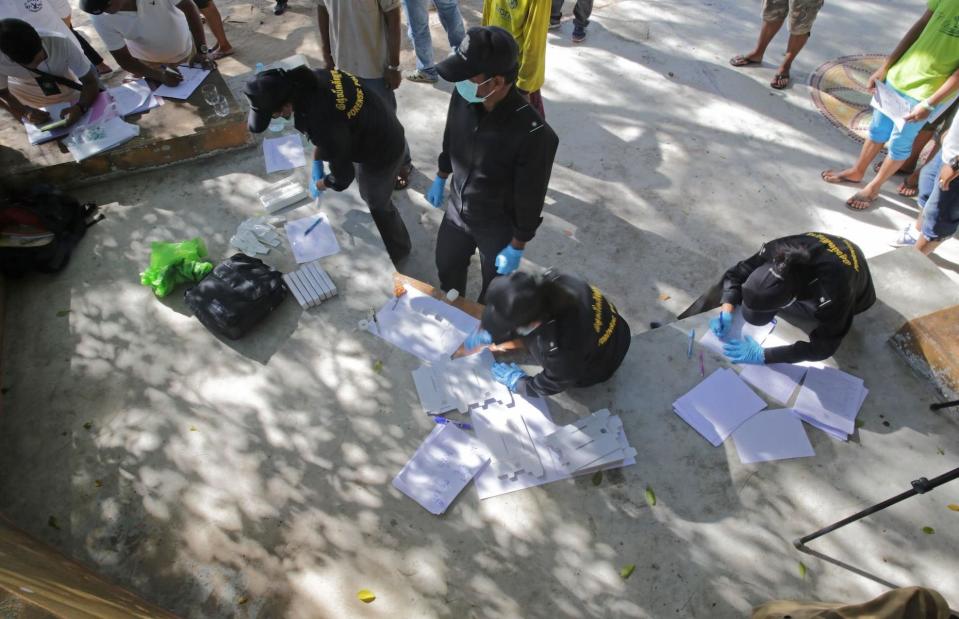
AFP/Getty Images
Despite seeming like total paradise, the island does have a dark side. In 2014, British tourists Hannah Witheridge and David Miller were killed. Two Burmese workers, Zaw Lin and Wai Phyo, were found guilty and given a life sentence. Then in June 2021, a millionaire couple, Rakeshwar and Anshoo Sachathamakul, were found dead in the pool of a resort on the island. Mysteriously, the CCTV in their hotel wasn’t working on the day they died, which has fuelled some suspicion around the deaths. More recently, in February 2023, the body of a missing German tourist was found floating off the coast of Koh Tao. He'd been on a boat trip with his partner, but it remains unclear as to how he ended up overboard.
Maho Beach, St Maarten, the Caribbean
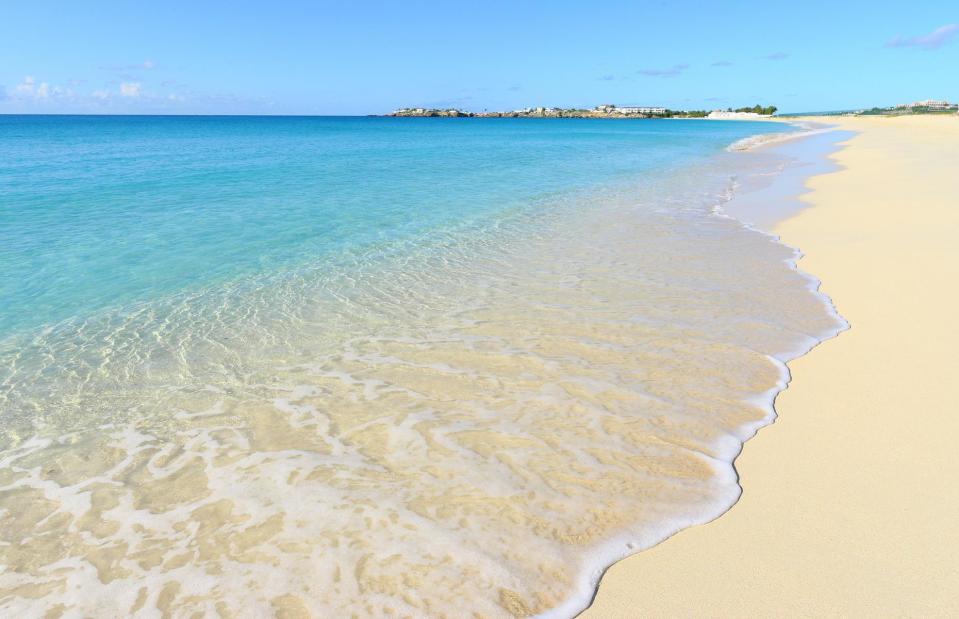
EarthScape ImageGraphy/Shutterstock
At first glance, Maho beach on St Maarten’s southwest shore looks like the ultimate tropical paradise with soft sands, clear waters and a laid-back vibe. But it's not a beach where you go for peace and quiet…
Maho Beach, St Maarten, the Caribbean
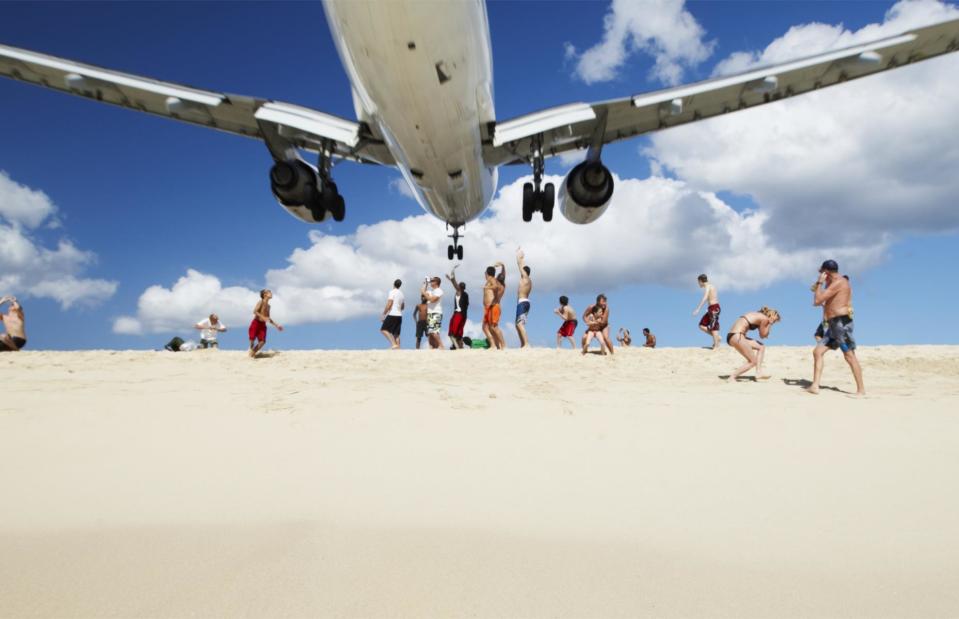
Jaromir Chalabala/Shutterstock
The beach is directly underneath the landing path to Princess Juliana International Airport, one of the world's scariest airports due to its short runway. Aviation enthusiasts come here to watch planes take off and take selfies with the low-flying jets. Yet the jet blasts can be lethal: in 2017, a woman was tragically killed after standing too close to the fence where the runway meets the beach. Visitors are advised to stay away from the fences and there are large danger signs around the borders of the airport.
Cape Tribulation, Queensland, Australia
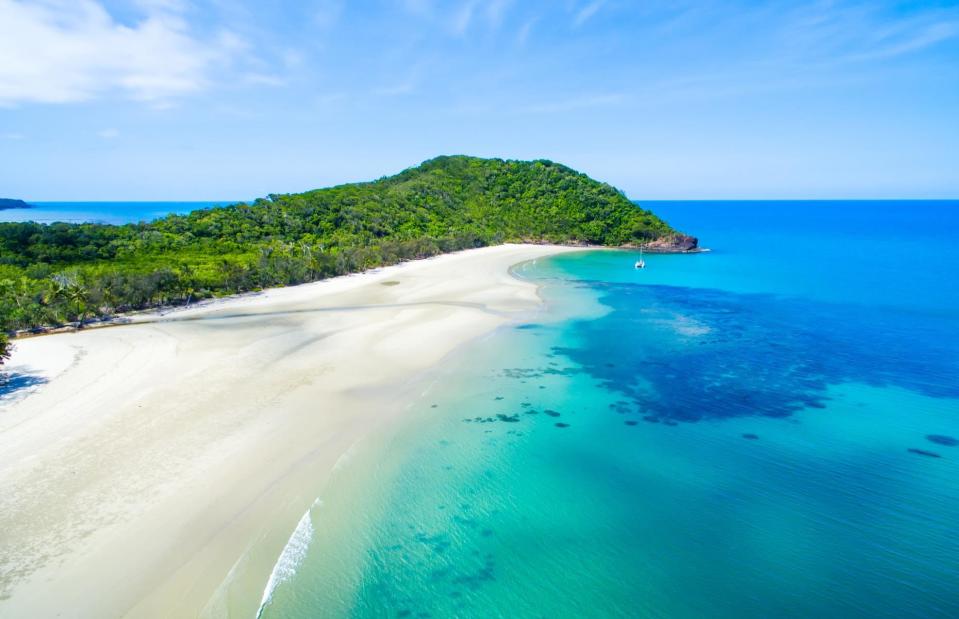
Darren Tierney/Shutterstock
Rainforest meets reef at this remote headland in far-north Queensland. Part of the Daintree National Park, it's a pocket of paradise with empty beaches and nothing but the lapping waves to disturb the peace. But there's a good reason why the beaches are empty…
Cape Tribulation, Queensland, Australia
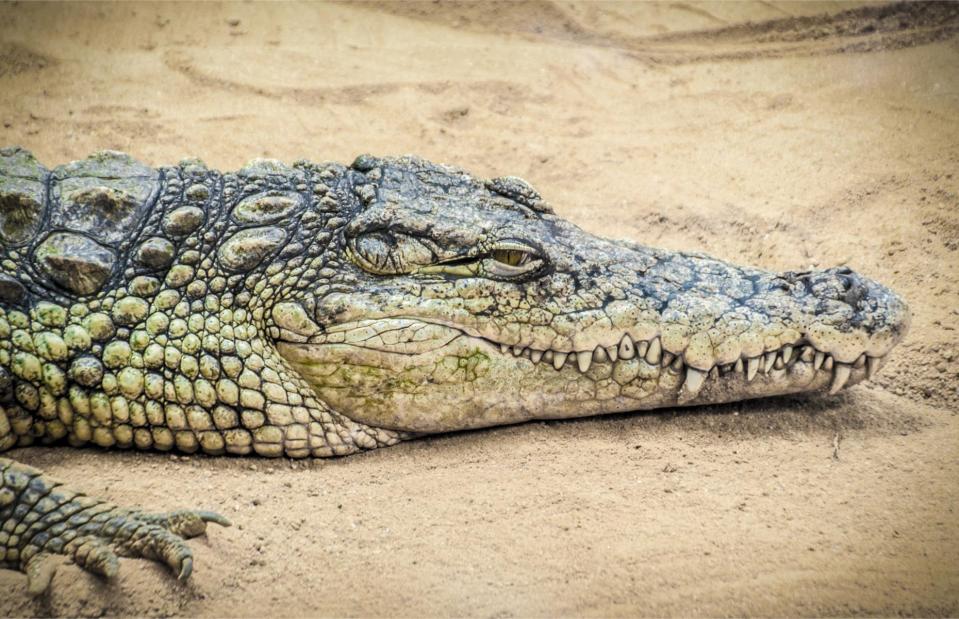
Nacho Guillem/Shutterstock
As tempting as the pristine waters look, they’re totally lethal. Saltwater crocodiles (salties, as locals call them) are often spotted on the sands or surfing the waves. In 2017, a woman was bitten on the leg by a croc while standing near to the water’s edge, sustaining a laceration on her thigh. The world’s deadliest jellyfish, box jellyfish, are also known to roam these waters between November and May.
Jurassic Coast, Devon & Dorset, England
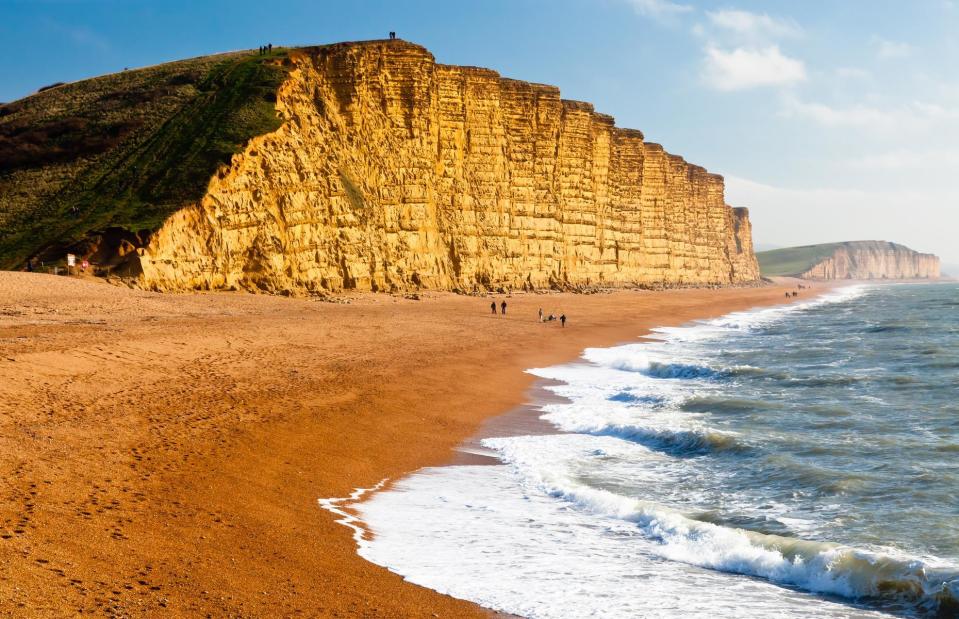
ian woolcock/Shutterstock
Best known for being the home of incredible fossils, the Jurassic Coast is a magnificent stretch of coastline that goes from Exmouth in Devon to Studland Bay in Dorset. A UNESCO World Heritage Site, it covers a wide variety of bays, coves and beaches, many of which have extraordinary cliffs and rock formations.
Jurassic Coast, Devon & Dorset, England
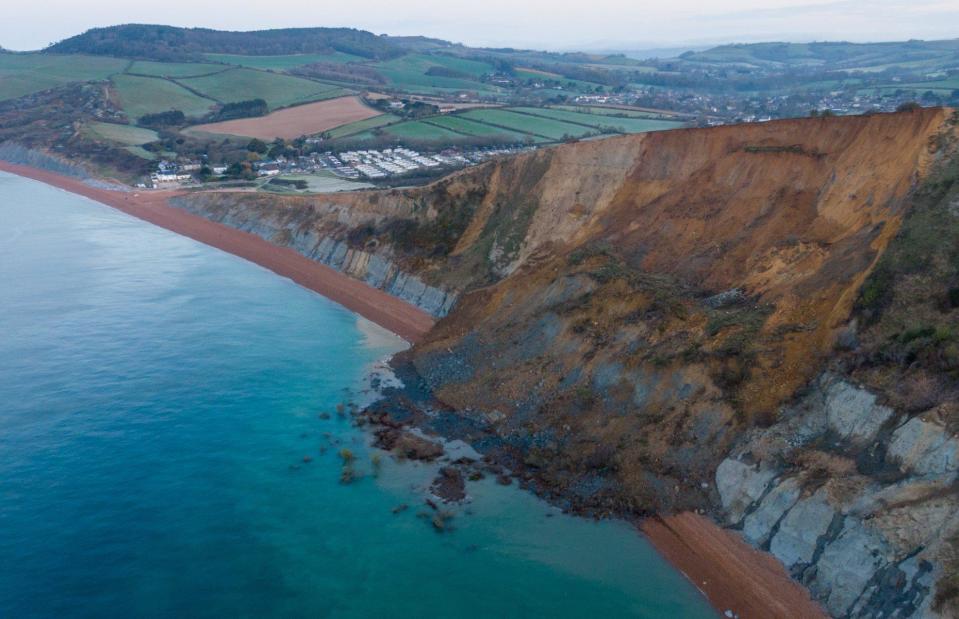
Finnbarr Webster/Getty Images
But the picturesque coastline is also unpredictable and prone to coastal erosion. Tragically, a man died after being rescued from the sea during a coasteering activity at Hedbury Quarry in 2019 and there have been reports of numerous falls in the area since. In April 2021, the area recorded the UK’s largest rockfall in 60 years, with a 984-foot (300m) section of coastline just south of Weymouth crumbling to the ground. Then in January 2023, 1,000 tonnes of ancient rock fell from sandstone cliffs at West Bay, Dorset.
Acapulco, Guerrero, Mexico
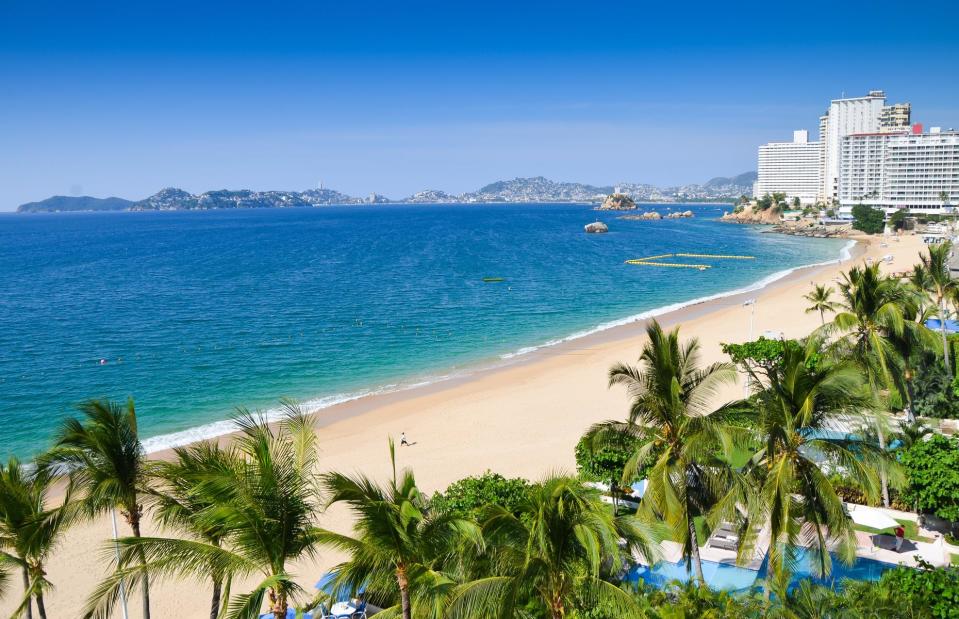
Rafal Kubiak/Shutterstock
Considered Mexico’s original beach resort, Acapulco once attracted the country's rich and famous with its palm-fringed crescent bay and lively nightlife. The resort, situated on Mexico’s Pacific Coast, is home to some of the country’s best beaches: from the endless yellow sands of Pie de la Cuesta to the dainty and secluded Playa Angosta.
Acapulco, Guerrero, Mexico
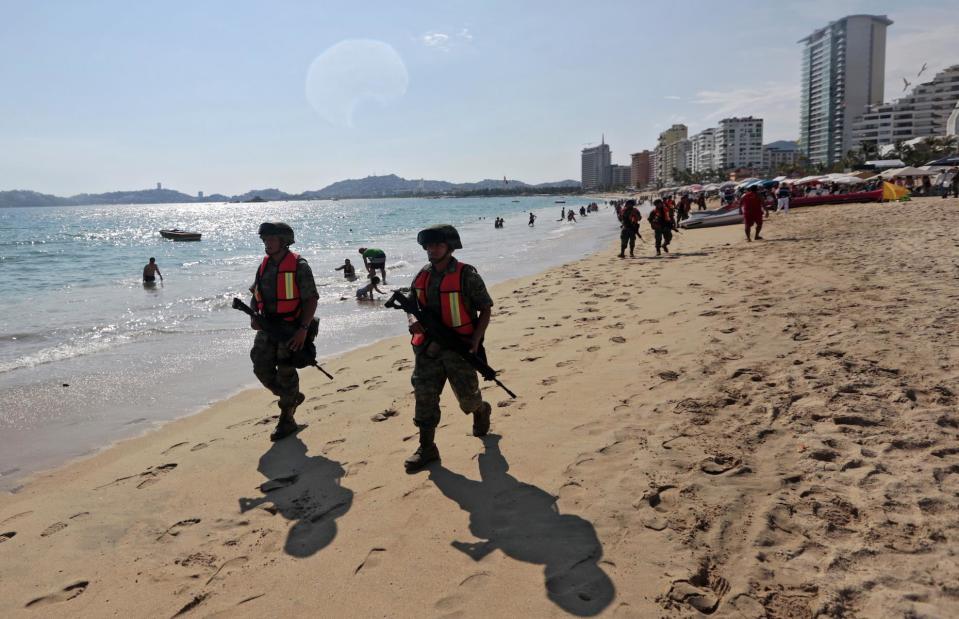
PEDRO PARDO/AFP/Getty Images
However, the resort has developed a reputation as one of the most dangerous cities in the world, as well as being dubbed Mexico’s “murder capital” after 874 people were killed there in 2018. Kidnappings and murders are reportedly commonplace in the area and heavily armed police and soldiers can often be seen patrolling the beach. In 2022, there were 556 murders reported in the tourist city.
Now discover the world's empty and beautiful beaches from above

